We’re thrilled to share a special interview that we did with the COO of ZeroBounce, a company that specializes in email deliverability (i.e., making sure your emails actually reach the Inbox…kind of important, right?).
We came across their new Inbox Placement Tester tool recently and loved it so much that I had to reach out.
So, meet Brian Minick, the COO. I asked Brian some questions, including their integration with Mailchimp. Enjoy!
 COO of ZeroBounce, Brian Minick
COO of ZeroBounce, Brian Minick
So, what exactly is ZeroBounce and do I need this if I use Mailchimp?
ZeroBounce is a go-to platform for anyone who sends emails and wants to make sure they reach the inbox. Whether you’re a freelancer, a small business owner, or a marketer working for a corporation – you want to connect with real people, and that’s what we help you with.
What started as an email validation service has evolved into a platform with multiple features: list cleaning, A.I. email scoring, and deliverability testing.
Do you need it if you use MailChimp? Yes! Validating your list will help achieve better deliverability and therefore should help increase your chance to inbox. Mailchimp also will block your list upload and throw an Omnivore error which we help solve.
What’s more, ZeroBounce integrates directly with MailChimp, so it’s easier to import your list, clean it, and export it back onto MailChimp.
Do you have to have a big “list” to use this?
No, it’s a percentages game. Whether your list is big or small, the percentage of bounces is the game that is played. We have customers that email only a hundred or so contacts and are finding value in our services. Alternatively, our large enterprise clients – who send millions of emails – include us into their workflows right before they send.
Why is email deliverability so important?
It’s difficult to tell people that a lesser quantity, but a higher quality list is better. They often think that if you have a million contacts, you have a better chance of getting conversions sending to all of them. This is simply untrue.
If we take your list and remove 30% of the bad contacts, it leaves with you 700k. Sending to those 700k but increasing your chance to get it into the inbox means this: 700k in inbox, vs 1m in spam. See the difference? Which has a better chance of converting?
Tell me more about your company. Are your employees remote?
Right now, everyone is remote. In normal circumstances, we have three offices and most of our team reports to them. We have a few off-site employees as well.
Where are you based?
Our headquarters is in Boca Raton FL. We also have a satellite office in Santa Barbara, and an office in Bucharest, Romania to handle our around-the-clock service.
How many people work at ZeroBounce?
About 30 in total.
How did you start your company?
It started out of a need. We were looking for email validators to help with our own marketing campaigns at our sister company. Finding a company that guaranteed accurate results and took data privacy seriously proved impossible. Our CEO saw an opportunity and decided to build the service.
Six years later, here we are, and very strong! We were built on the foundation above: security, privacy, and quality. Our customer feedback shows that we’re hitting the mark on all three.
What started as an email validation service has evolved into a platform with multiple features: list cleaning, A.I. email scoring, and deliverability testing.
What advice would you give to someone who is new to email marketing?
1) Start with a clean list, use double opt-in to confirm people who are on your list actually wanted to be there.
2) Don’t be shy to use free services to help get you started. Many companies offer them (including us) for little companies and start-ups. You have to start somewhere. We want you to be successful.
3) Measure performance, which comes in the form of inbox/spam. Try out our free inbox placement tester, which will give insight in how your campaign might perform out in the marketplace. Remember, emails that go to spam are simply a waste of your energy and resources. You need to be in people’s inboxes.
4) You will do something wrong, it’s natural. Keep track of what’s working and not, and stay flexible so you can adjust your moves.
***
Thank you so much, Brian!

 DID YOU KNOW that Cyber Monday
DID YOU KNOW that Cyber Monday  )
)

